It’s safe to say that this 1970’s Heuer chronograph had seen better days.
(Click pictures to enlarge)
This model dates to the late 1970’s, a period when Heuer was struggling financially due to the impact of the quartz crisis. During that time a small number of models were produced in France under the Heuer name. The exact reason for this is unclear, most likely their ongoing financial constraints, though it did result in one of Heuer’s most iconic models, the Monnin diver, which Jack Heuer later claimed saved the brand. (I’ve written about the Monnin diver previously on the blog, that post is here for any interested readers.)
As well as the fabled diver, a small number of manually wound chronograph models were also produced in France, the Ref. 1611 in this post, along with its sister watch the Ref. 1589B (the same model with a black tachymeter bezel) and also the Ref. 1614 with a cushion case and ‘fume’ (read: graduated brown!) dial.
The Monnin diver and the Ref. 1589B were both featured on the cover of the 1979 Heuer catalogue.
(Picture: OnTheDash)
Although official Heuer models, the French chronographs don’t have the same appeal to collectors and that is reflected in their value when compared to their Swiss stablemates. On the plus side, it makes them a more viable entry point into the brand for anyone developing an interest in vintage Heuers.
As is evident from the first picture, the watch in this post had been through the wars. It was a weak runner and the chronograph didn’t work at all – mainly because the pushers were completely trashed! Thankfully, once inside the watch the movement wasn’t in terrible shape.
Inside is a Valjoux cal. 7765, the manually wound version of the ubiquitous cal. 7750 automatic chronograph. In addition to the automatic winding mechanism, the cal. 7765 also loses the hour register and day display from the traditional cal. 7750 layout.
Once out of the case, another problem with the chronograph mechanism was immediately obvious, the operating lever had been broken off meaning the chronograph couldn’t be started or stopped, even with new pushers. Parts for the Valjoux 7765 are still available so sourcing a new part was no trouble this time and the rest of the movement service was straight forward.
There were however, a few cosmetic issues to address. The hands were all in tired condition, the paint had faded and flaked off in places, the lume had deteriorated and the sweep second hand was an obvious and poorly matched replacement.
The case was cleaned, the crystal polished and a new pair of pushers fitted, similar in style to the originals. The sweep second hand was replaced with something more suitable and all the old paint was removed from the other hands which were then cleaned and painted in a light orange. The main hands were relumed in a vintage cream and finally the dial was cleaned before the watch could be rebuilt.
Rich.
** Many thanks to Brian Saunders for letting me feature his watch on the blog. **

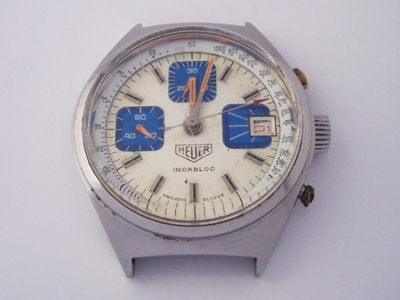
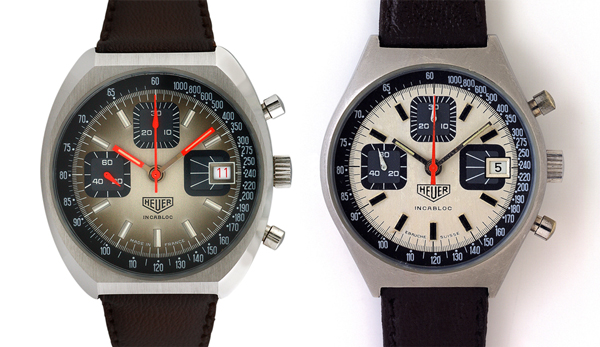
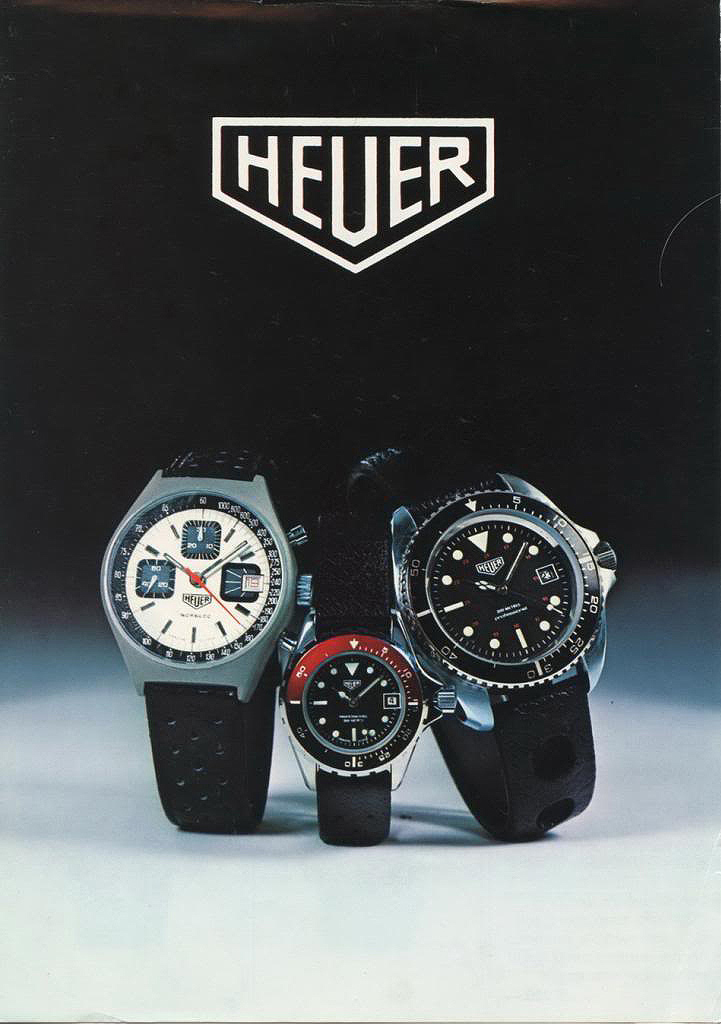
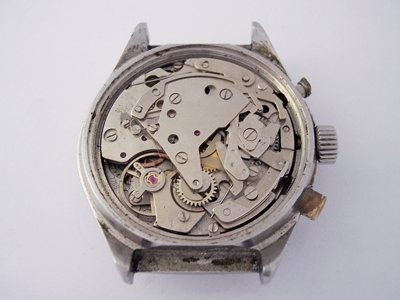
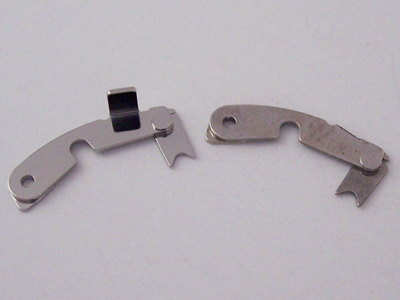
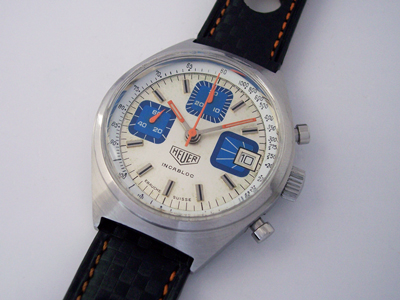
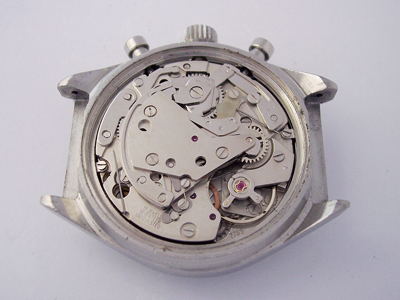
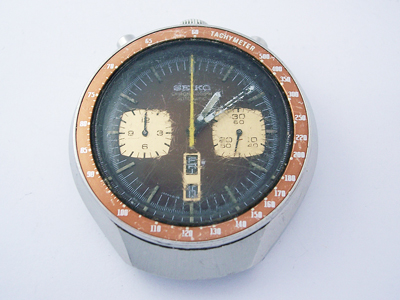
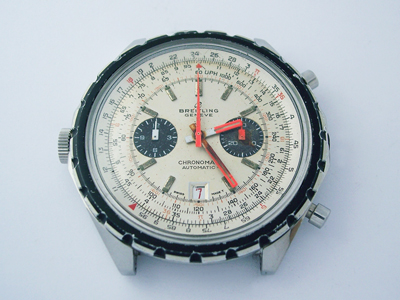
I have the same Heuer 1611 that was made at the Monnin factory in France. Mine is in much nicer condition, but the hour and minute hands are different and longer, and the sub dial hands are different as well. I started to look online for replacements and found a slew of different styles uses. Rally style hands, hands like the ones on the watch you’ve restored, and even one with the same hands as mine.
During my searching I read somewhere, (and wished I had save a link or a shot of the screen), that in the rush to get these watches to market they ran out and started using anything that fit.
My sub dial hands, while different, are the same orange color, and the hour and minute hands are similar to the restored watch but clearly different, being black and white, and longer.
I’ve given up on finding whatever the correct hands are, and going the with the story about running out using whatever fit. It does not add value to the watch, but it’s a fun watch, and it has a story.
Many thanks for the additional information Robert, good to know!
Rich.